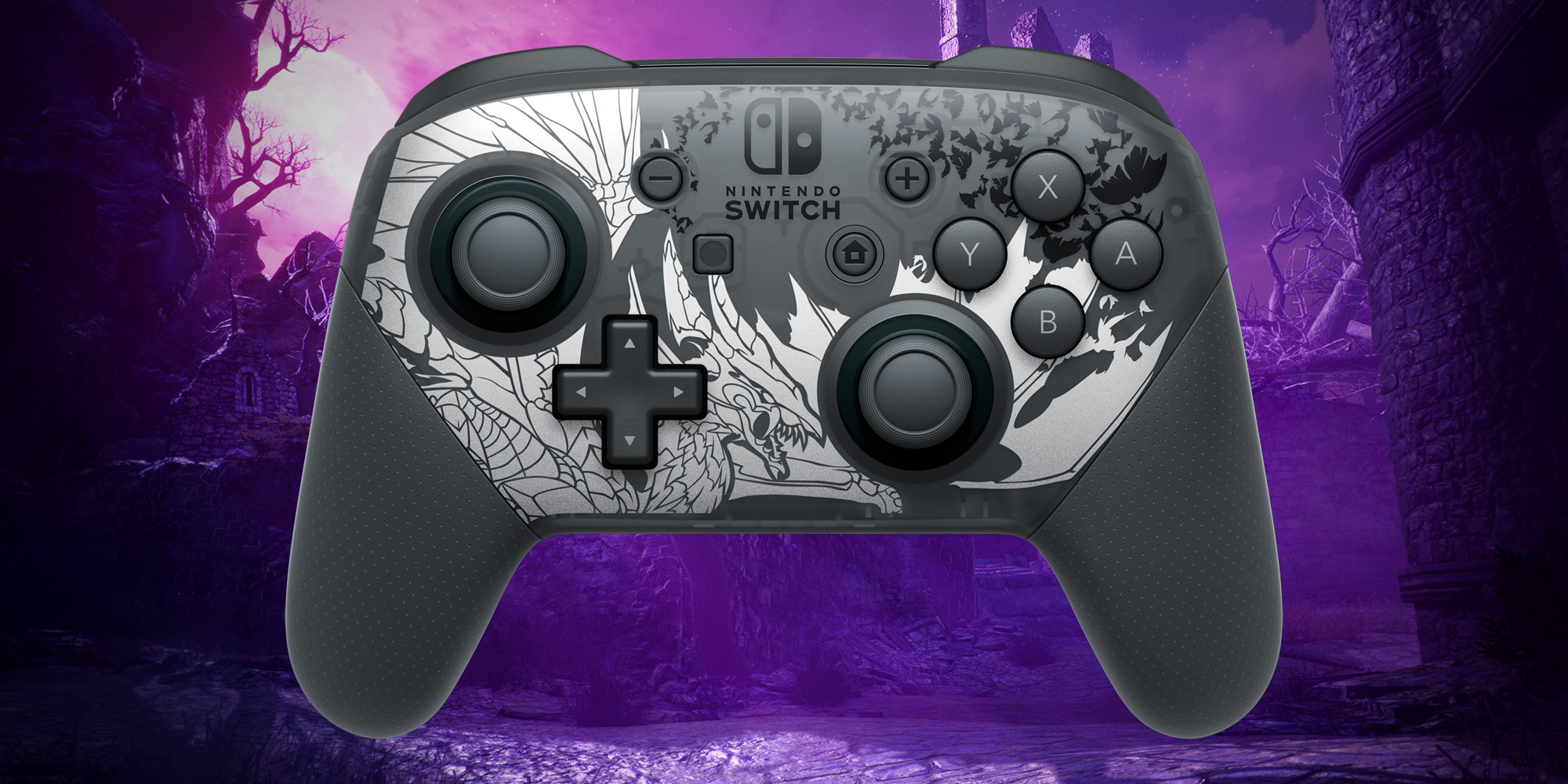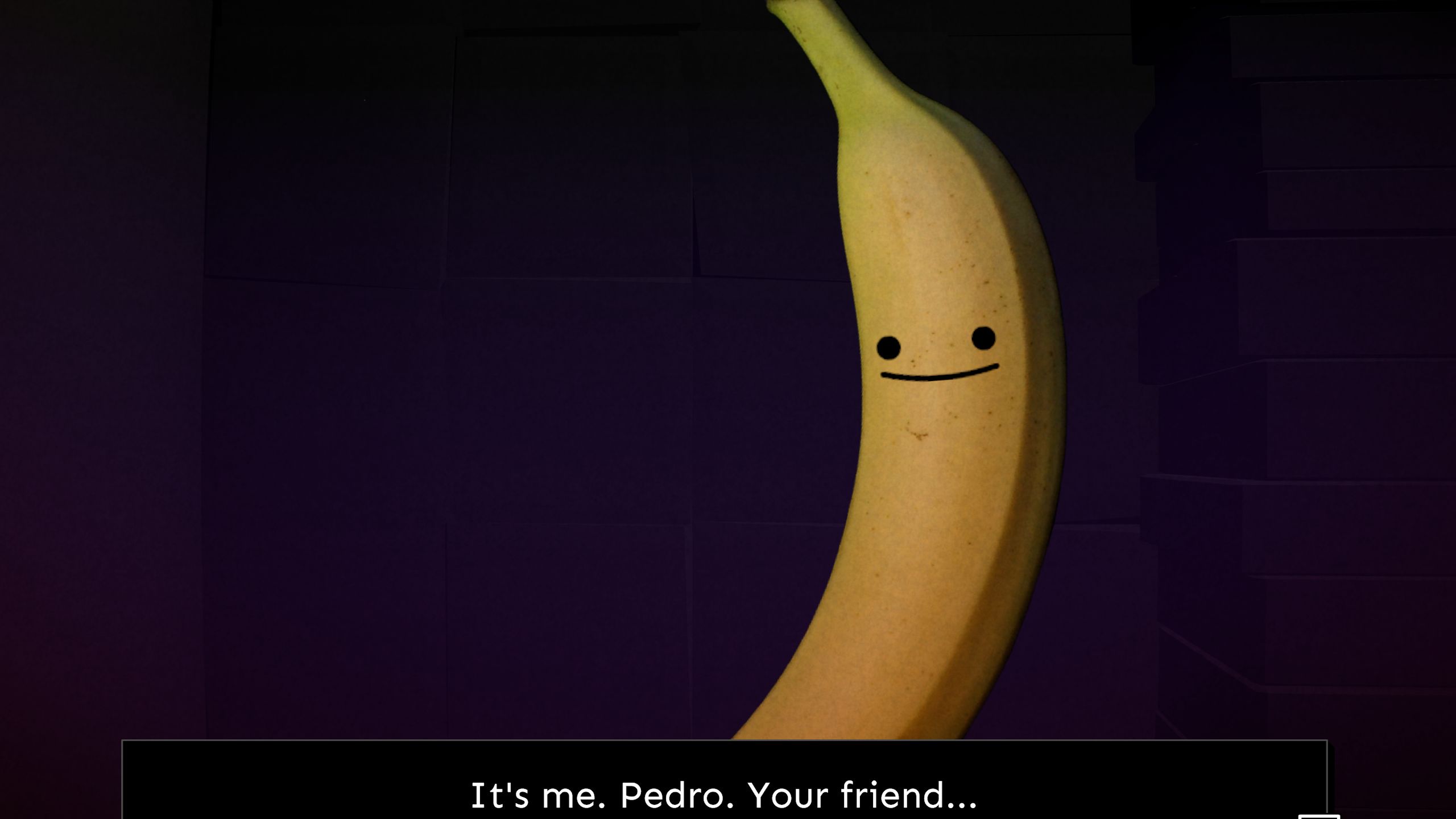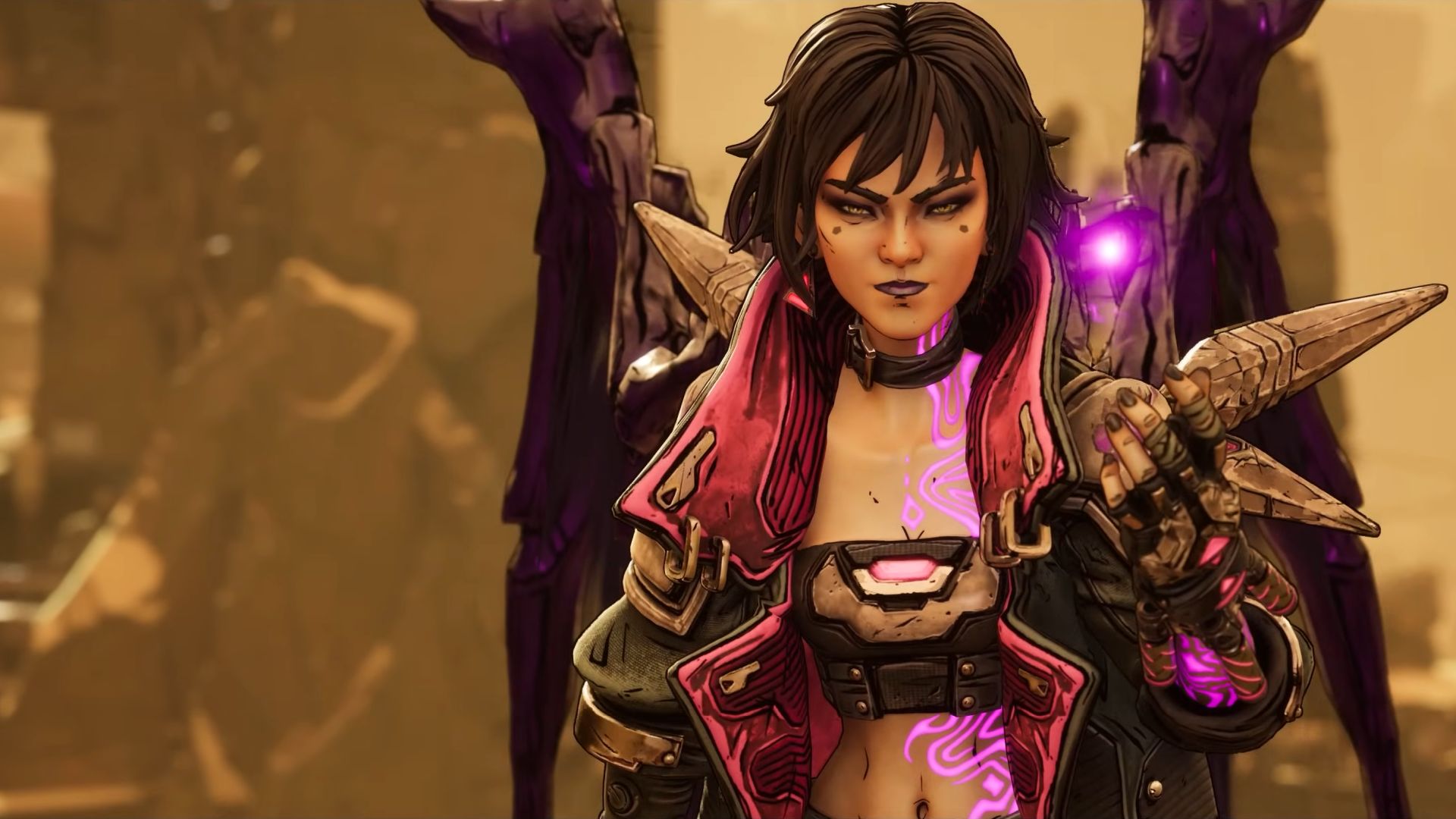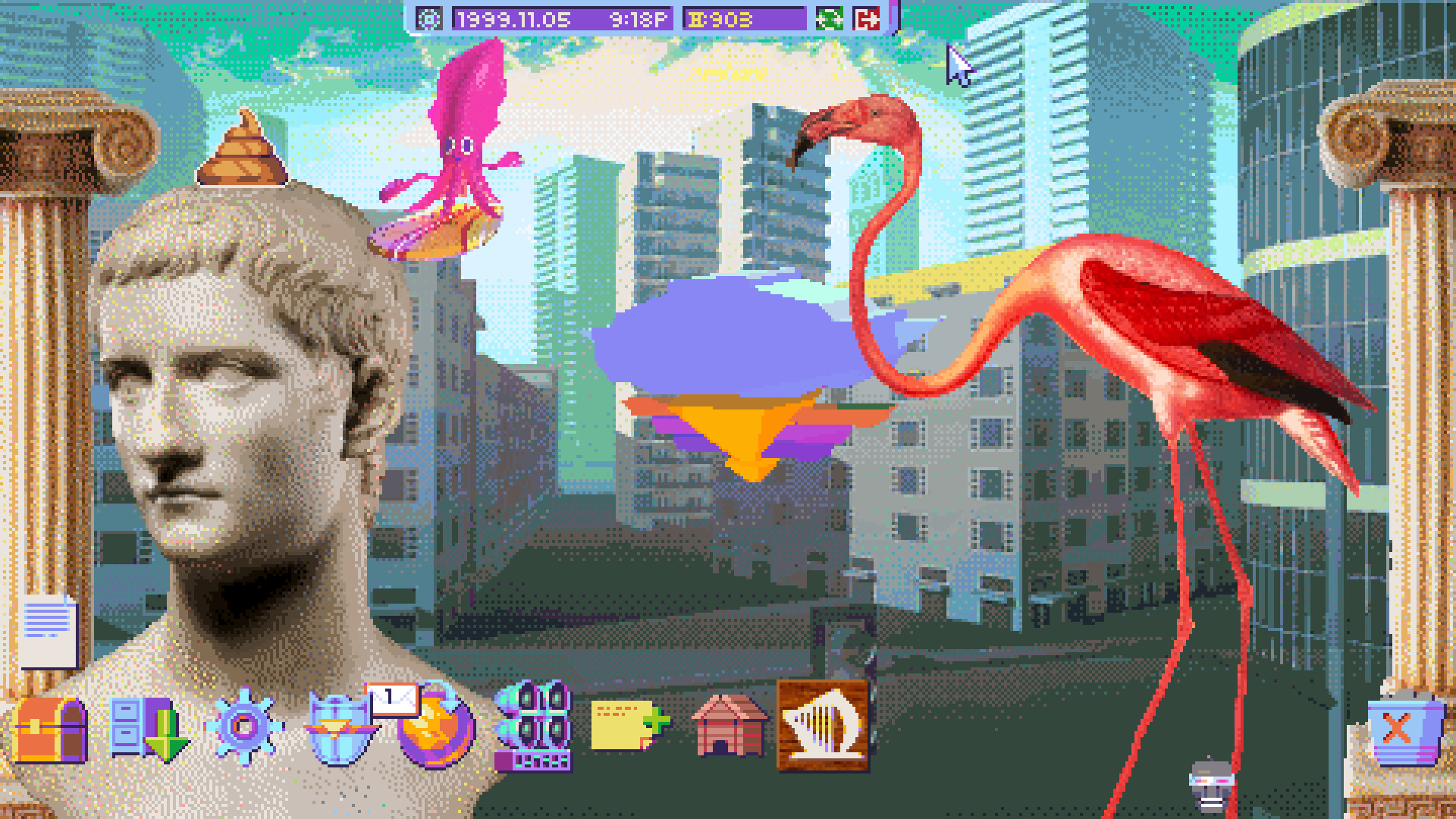
The easiest way to use Nintendo's Switch Pro controller on your PC, wired or via Bluetooth.
Nintendo didn’t build the Switch Pro controller for PC gamers, but joke’s on them: we’re using the Switch Pro controller on PC, anyway. Despite the Switch’s portability and the versatility of its joy-cons, the Pro is our preferred way to play: it’s a comfortable, nicely weighted controller with excellent battery life. The analog sticks are smooth. The face buttons are generously sized compared to the tiny ones on the joy-cons. If you already own one or are thinking about buying one to replace an old Xbox 360 PC pad, it’s a good pick for your next PC controller.
There are a few ways to go about connecting the Switch Pro controller to PC, but using Steam is by far the easiest. If you mainly want a controller to play Steam games, it’s nearly as plug-and-play as an Xbox pad. But if you want to play non-Steam games, you’ll need the rest of this guide.
Here’s how to get your Nintendo Switch Pro controller working in Steam or Windows, via wired USB or Bluetooth. To start, you’ll need a Nintendo Switch Pro controller (obviously) and a USB-C cable.
Switch Pro controller: Steam setup
How to use the Switch Pro Controller in Steam
Steam’s built-in controller configurator recognizes Nintendo’s controller as soon as you plug it in, which makes using the controller a breeze in Steam games. Enabling it is extremely simple. Start by plugging the controller into your PC.
1. Open Steam and the settings menu. Find the Controller tab and open General Controller Settings. You should see a few configuration support options on the left. Naturally, we want to enable Switch Pro Configuration Support.
If you like your Pro controller with flip-flopped X/Y and A/B buttons, you can also enable the Nintendo button layout so games default to it. If this option is not enabled, your Pro controller will be treated like an Xbox controller. You can also change your controls game-by-game by right-clicking that game in your library, selecting Edit Steam Controller Configuration, and remapping each button.
3. While you’re here, take the time to personalize your Switch controller by selecting it under Detected Controllers. If your controller isn’t registering properly, start by clicking Identify, then open the controller’s preferences. You can change the name, the brightness of the home button’s light ring, and whether to use the gyro motion sensor.
From the controller settings page, you can also calibrate your controller’s gyro sensor and joysticks by clicking Calibrate, but you should only calibrate your controller if you run into latency issues. If it ain’t broke, don’t fix it: if you calibrate before trying your controller in-game, you may actually create a latency problem. If you ever feel the need to calibrate your controller, click Calibrate, set it on a flat surface, and follow the button prompts.
So, if everything feels right, just save your profile and voila, you’re ready to go. Whenever you want to use your controller, be sure to plug it in before opening Steam or any Steam games to prevent any connection issues.
Switch Pro controller: Non-Steam games
Setting up the Switch Pro Controller for non-Steam games
Using Steam is the really easy way to get this controller working. If you aren’t playing games via Steam, using a Switch Pro controller is still an option but it requires a little extra work, particularly for a Bluetooth connection. But the good news is that it’s now natively recognized in Windows, which helps speed things up.
The easiest solution for non-Steam games is to actually bring Steam back into the picture. Steam has an “Add to library” feature for Windows executables that allows you to add other programs to your Steam library, and then make use of the Steam overlay. This even works for the Nintendo GameCube/Wii emulator Dolphin!
As you can see in the image above, click the “Games” menu in Steam, then choose the “Add a Non-Steam game to my library…” option to pull up a list of programs on your PC. In most cases, this should allow you to add a game and use a controller with Steam as an intermediary. Hooray!
Switch Pro controller: Bluetooth
How to get Bluetooth working on PC
Here’s what you need to start:
Hardware
Nintendo Switch Pro controller Bluetooth dongle (optional)8Bitdo wireless Bluetooth adapter (optional)
Software
BetterJoy (if you don’t use the 8Bitdo dongle)
(Image credit: 8Bitdo)
8Bitdo adapter: Easy Bluetooth and XInput support
The $20 8Bitdo Bluetooth adapter helps you bypass most of the finicky setup below by handling the Bluetooth connection and making Windows play nice with the controller without any extra software. It’ll make Windows see the controller like it would an Xbox gamepad, and supports the button/joystick inputs and motion controls (but not vibration). As a bonus, this will work on multiple consoles and with tons of other controllers, too, including the Switch Joy Cons, PS4 controller, Wii remotes, and more.
If you don’t want to spend the $20, follow the guide below.
The (slightly) harder way: Windows installation guide
You only need to follow these steps if you’re not using the Switch Pro Controller through Steam.
1. Plug your Switch Pro controller into the PC with a USB cable. You should be able to use the USB-A to USB-C cable that came with the controller, or you can use a USB-C to USB-C cable, if your PC has the appropriate port. Within a few seconds, Windows 10 should pop up with a new connected device: Pro Controller.
You’re most of the way there! But because this is a DirectInput controller (like most gamepads other than the Xbox’s), if you aren’t using Steam’s built-in controller interface, some games won’t recognize the controller without some extra software.
2. Download BetterJoy and install it.
BetterJoy is a piece of open source software specifically built to use the Switch Pro controller and joy-cons as generic XInput devices (and to make them easier to use with emulators).
Unzip BetterJoy, open the folder it created when you unzipped it, and head to the drivers folder within. Install its drivers and reboot as it instructs you to. That’s pretty much the install process. Now it’s time to connect that controller.
The (slightly) harder way: Windows Bluetooth setup
(Image credit: BetterJoy)
You only need to follow these steps if you want to play wirelessly and chose not to buy the 8Bitdo adapter for Bluetooth connectivity.
Note that if you decide to connect via Bluetooth, without using the 8Bitdo adapter method above, you cannot charge the controller while it’s connected, so make sure its battery is topped off before you start.
First, disconnect it from your Switch by holding the small circular button on the top of the controller to the left of the USB-C port. (If your Switch is in the same room as your PC, I recommend turning it off, just to keep your Bluetooth environment clear. We also don’t want it to know we’re two-timin’ it. You can easily reconnect your Pro controller to your Switch via cable.)
Pull up your Windows Bluetooth settings and start a search for new devices, then press the same small button on the top of your controller one more time. It should automatically pair after 30 seconds to a minute.
Using your Switch Pro controller
BetterJoy works by reading DirectInput commands as XInput commands, which is what most modern games support. Now that it’s installed, your Switch Pro controller should behave like an Xbox 360 controller in most games. But first you have to launch BetterJoy for Cemu (the name of the executable) from its install folder.
Once it’s open, click the “Locate” button and it should find your Switch controller if it’s paired via Bluetooth. Once connected, you can click Map buttons to change as desired.
And with that you’re ready to game: your controller should show up and work in any game that an Xbox controller would.
Not a controller person? Here’s a round-up of the best gaming keyboards, and best gaming mouse.



